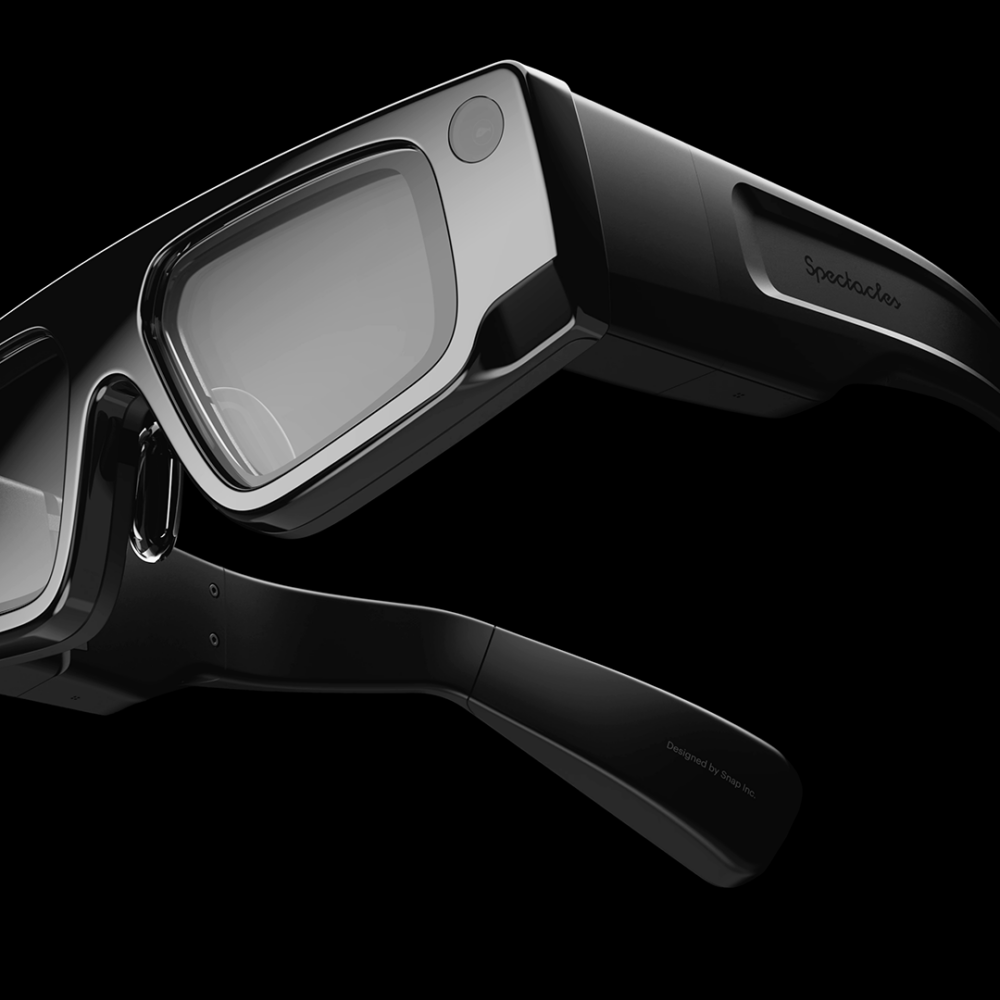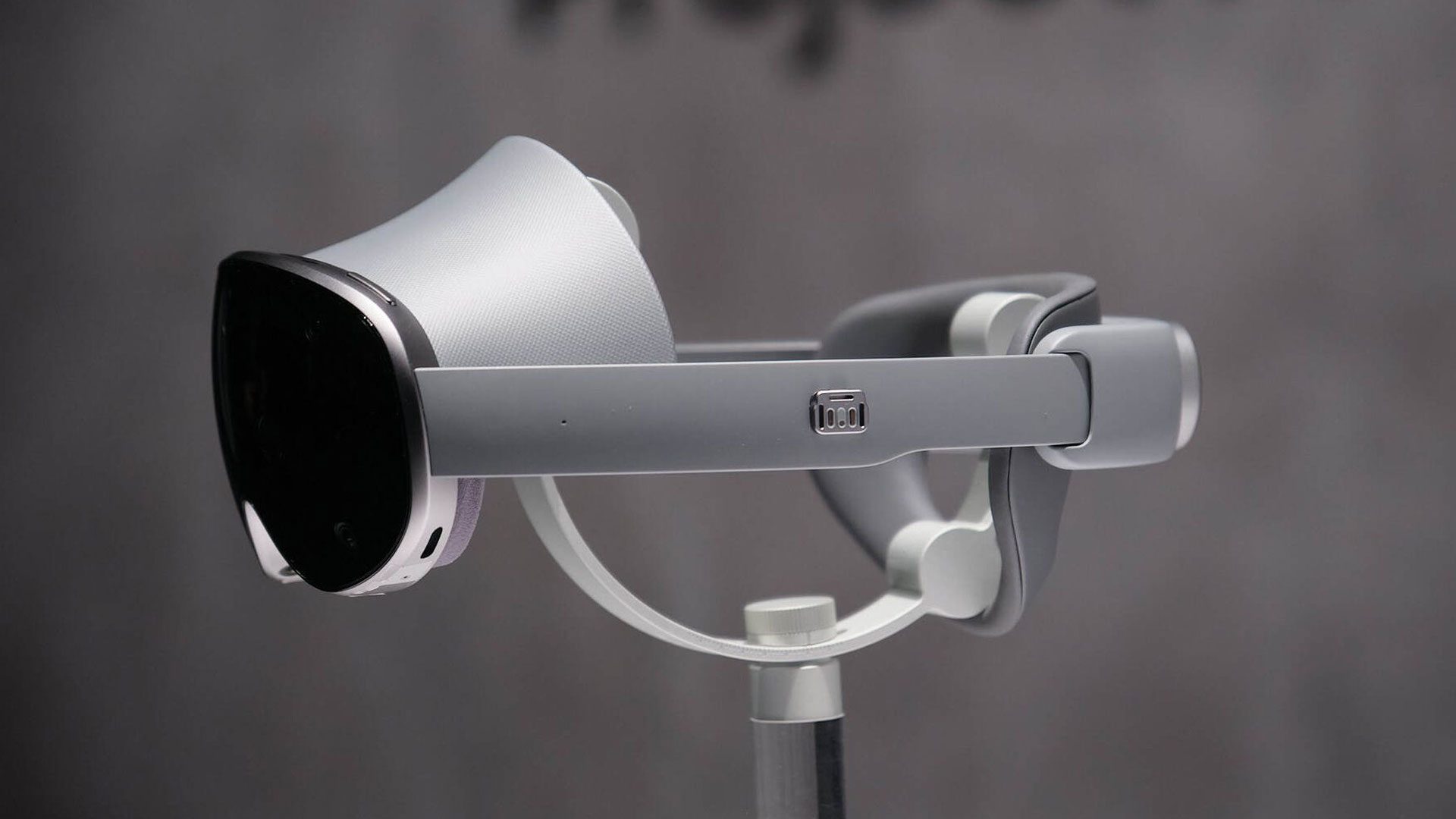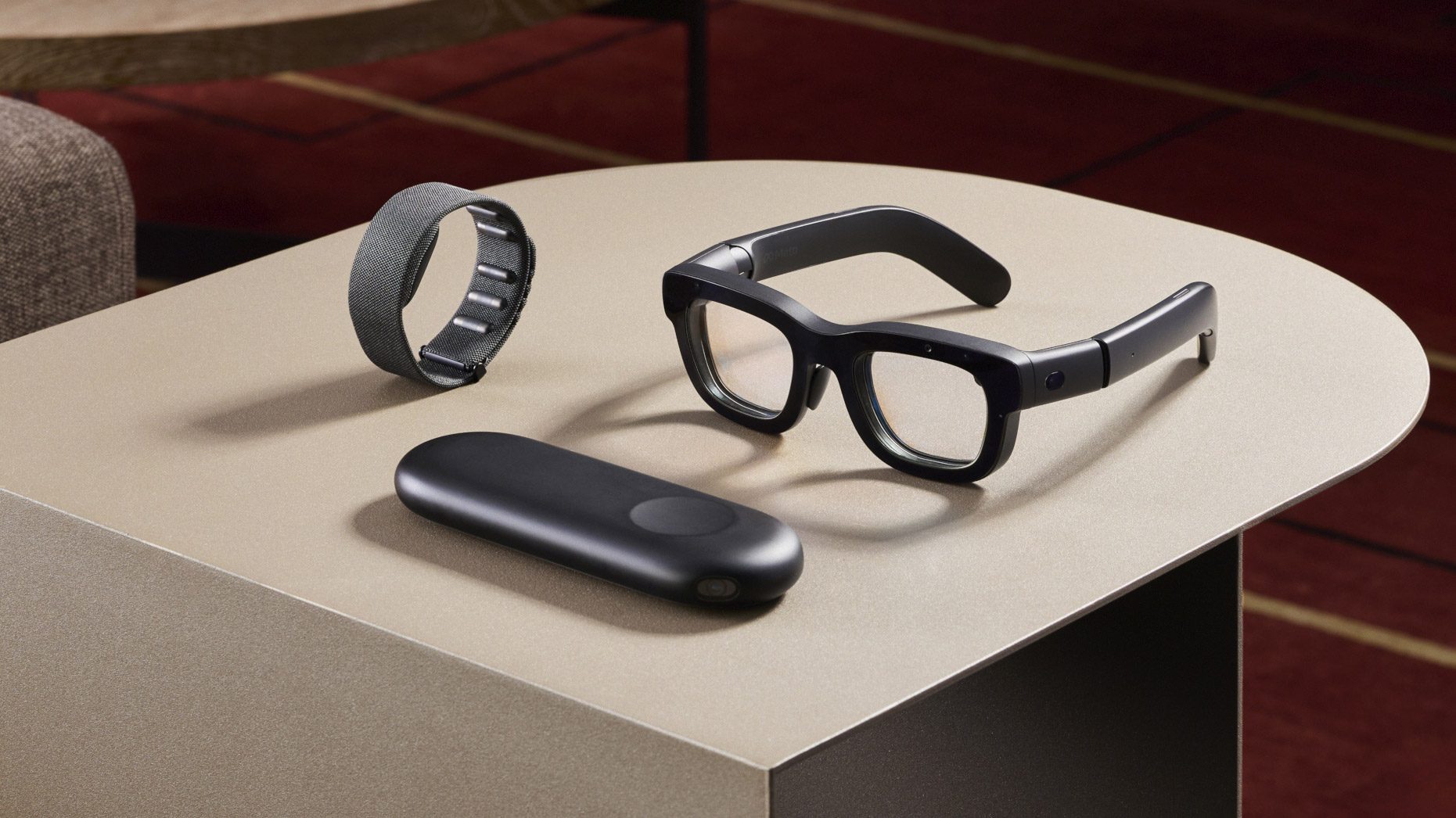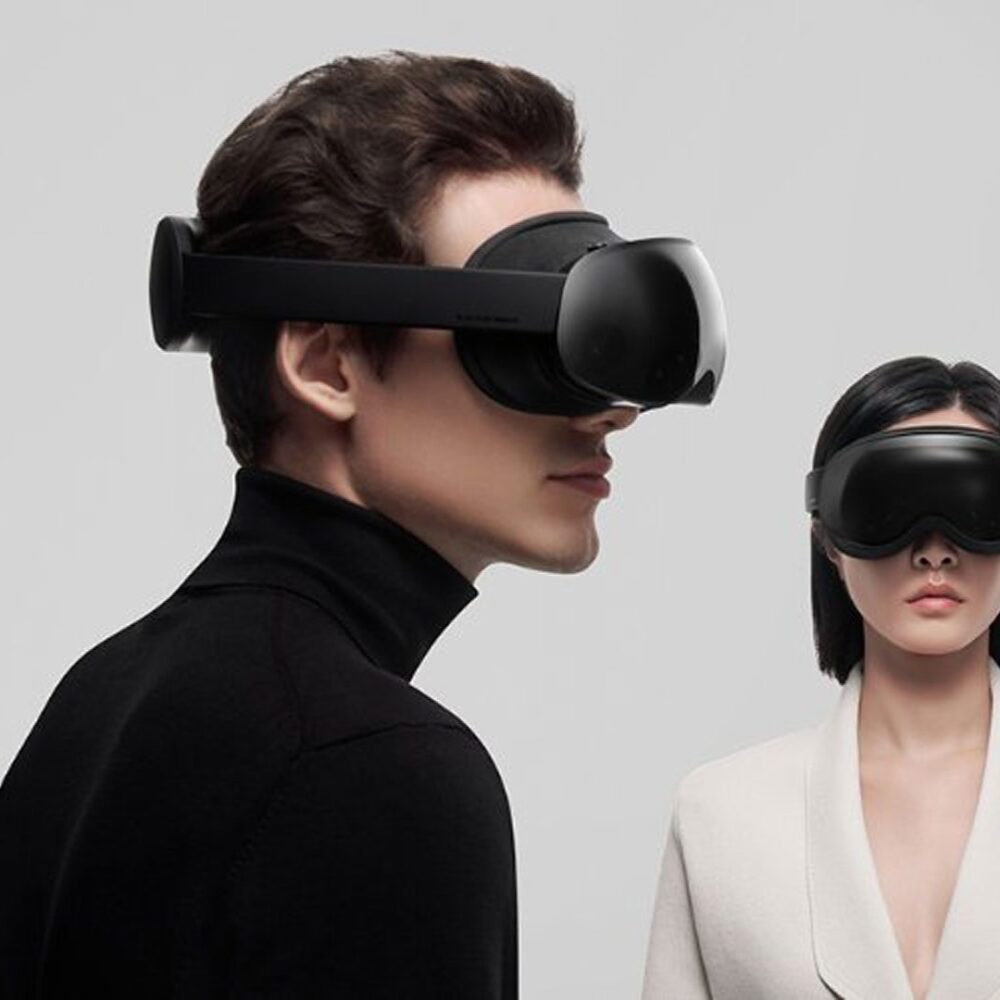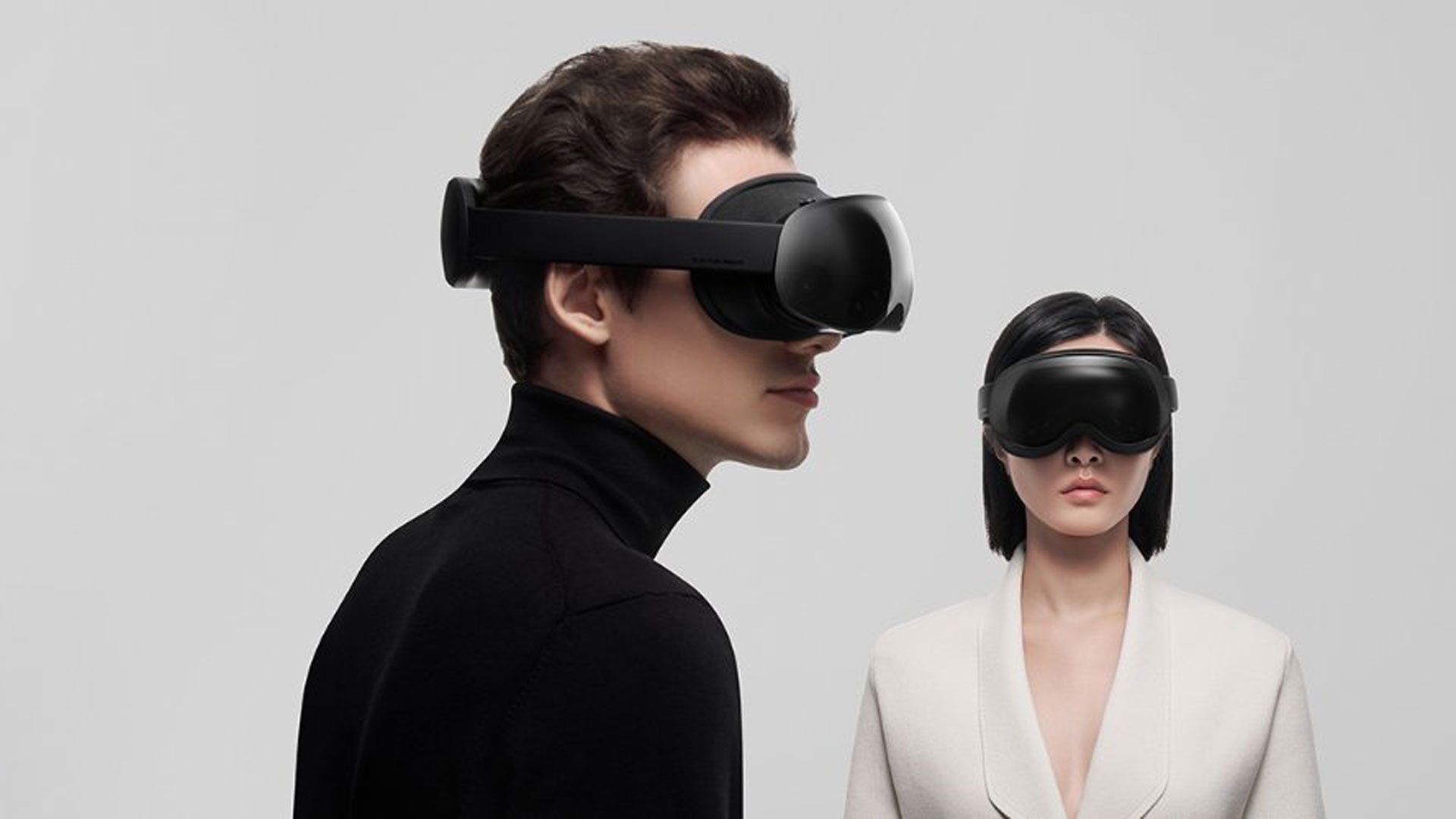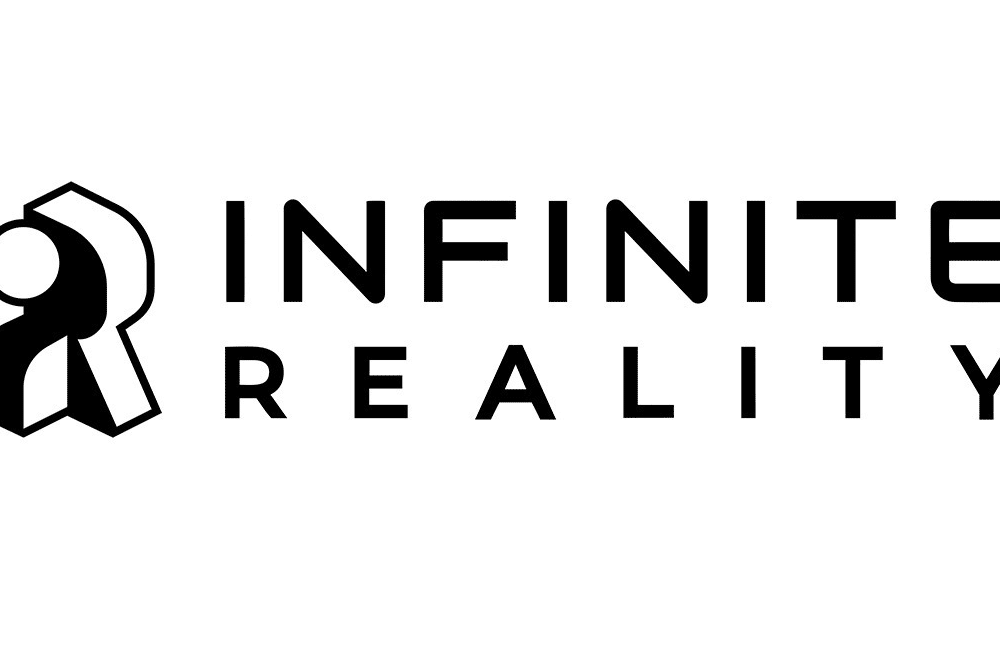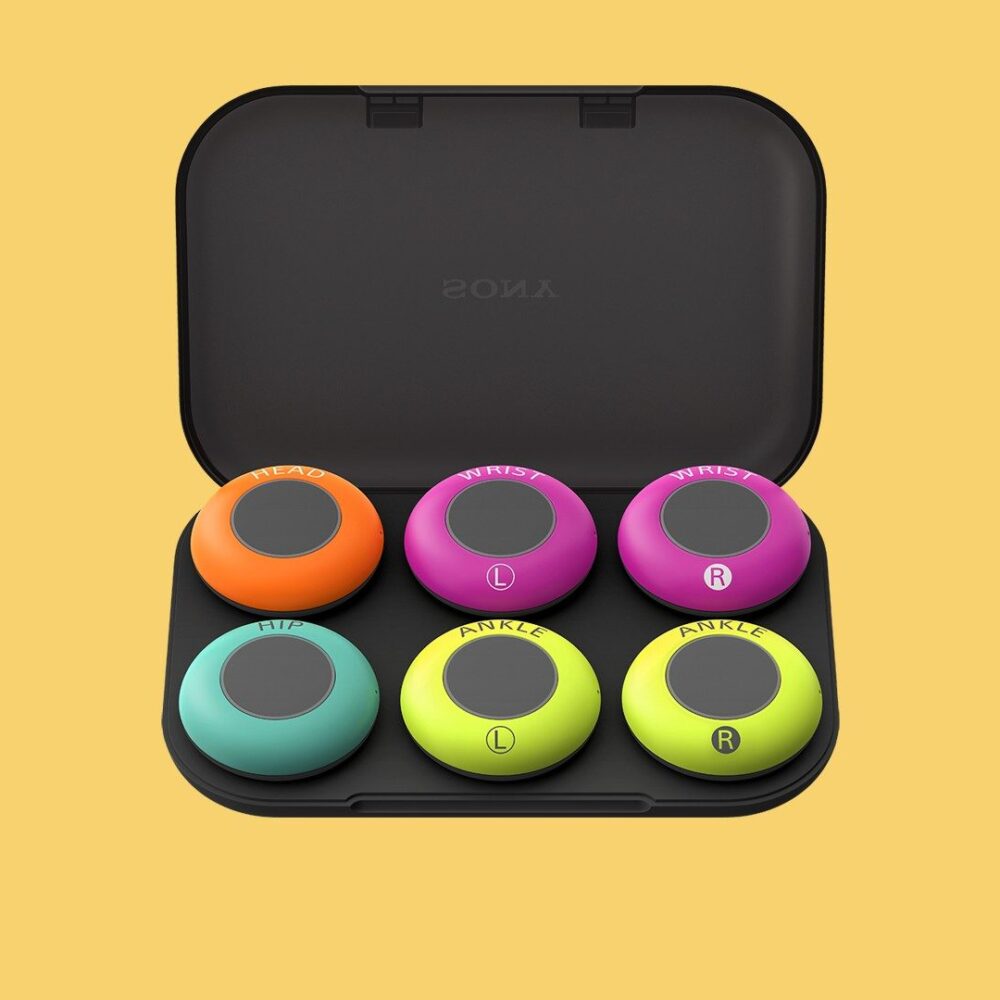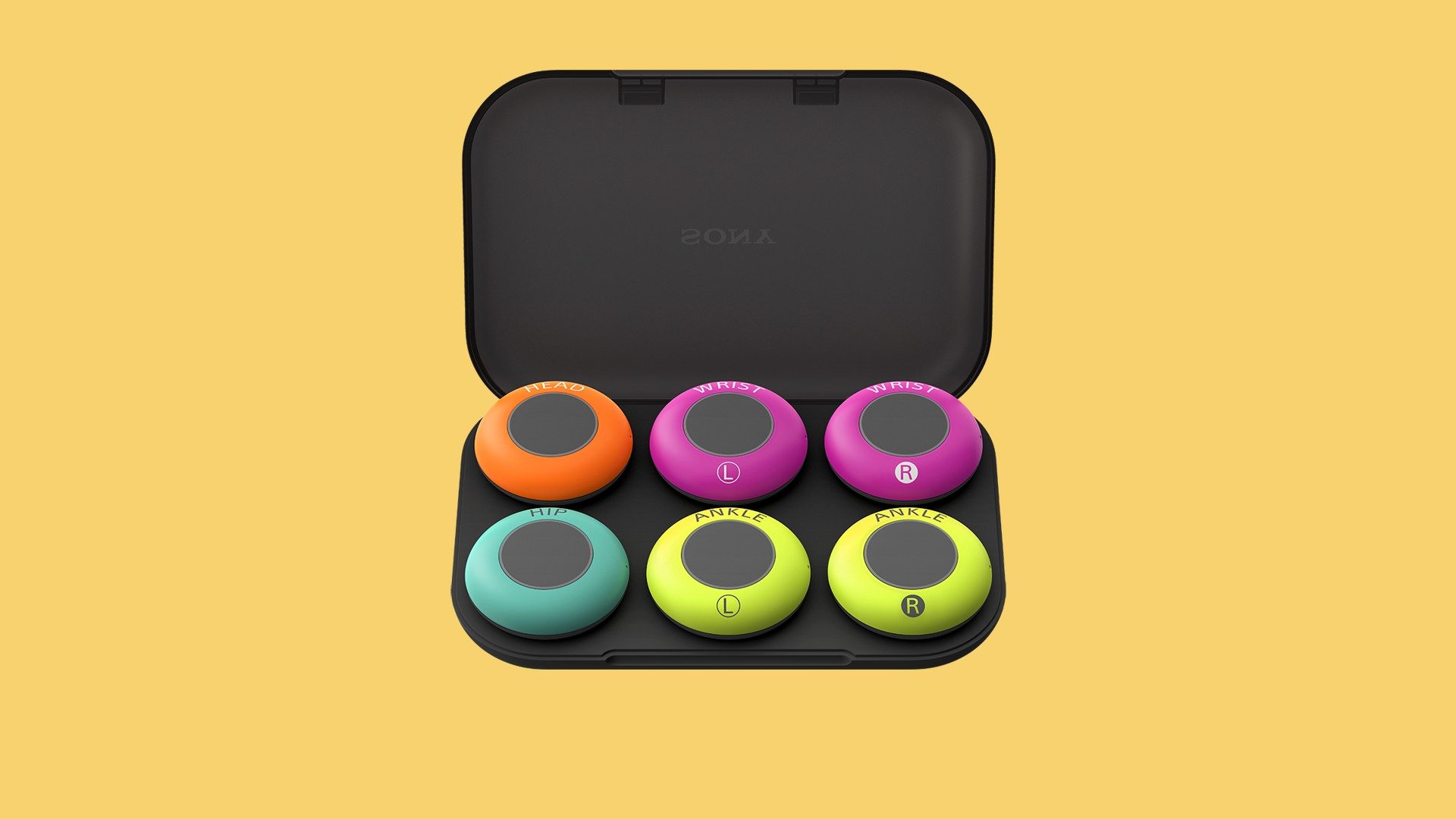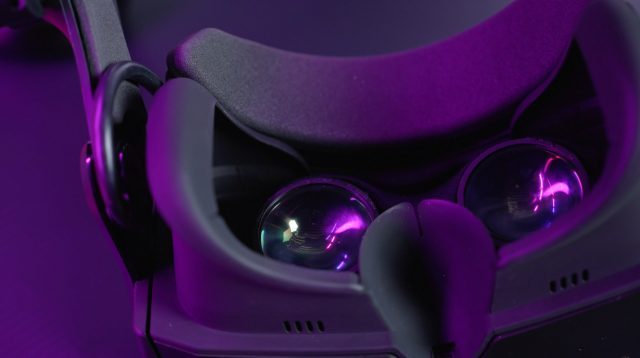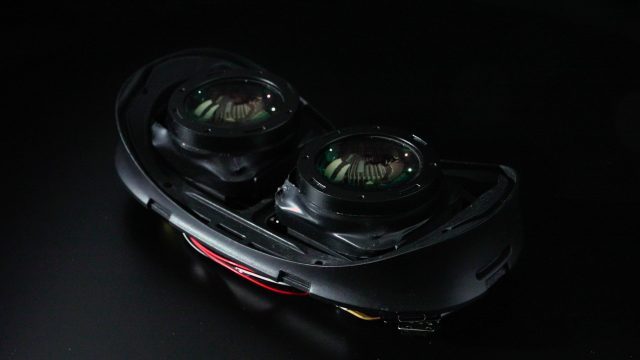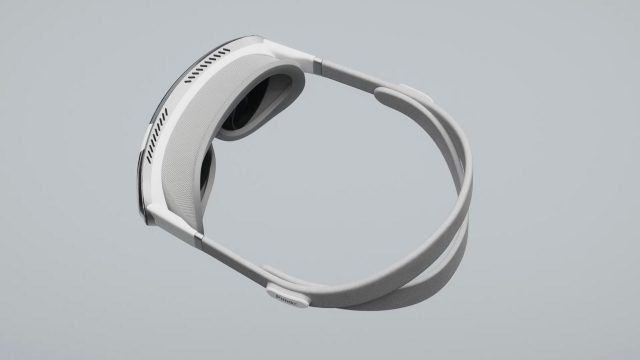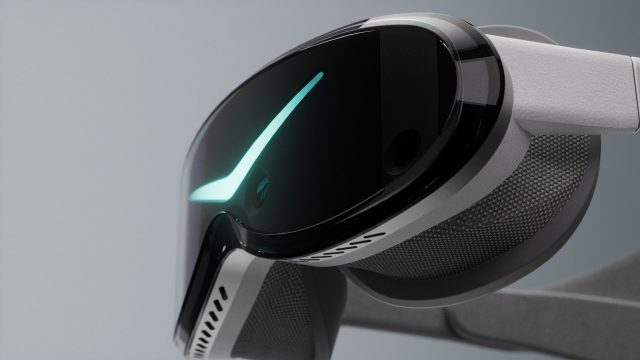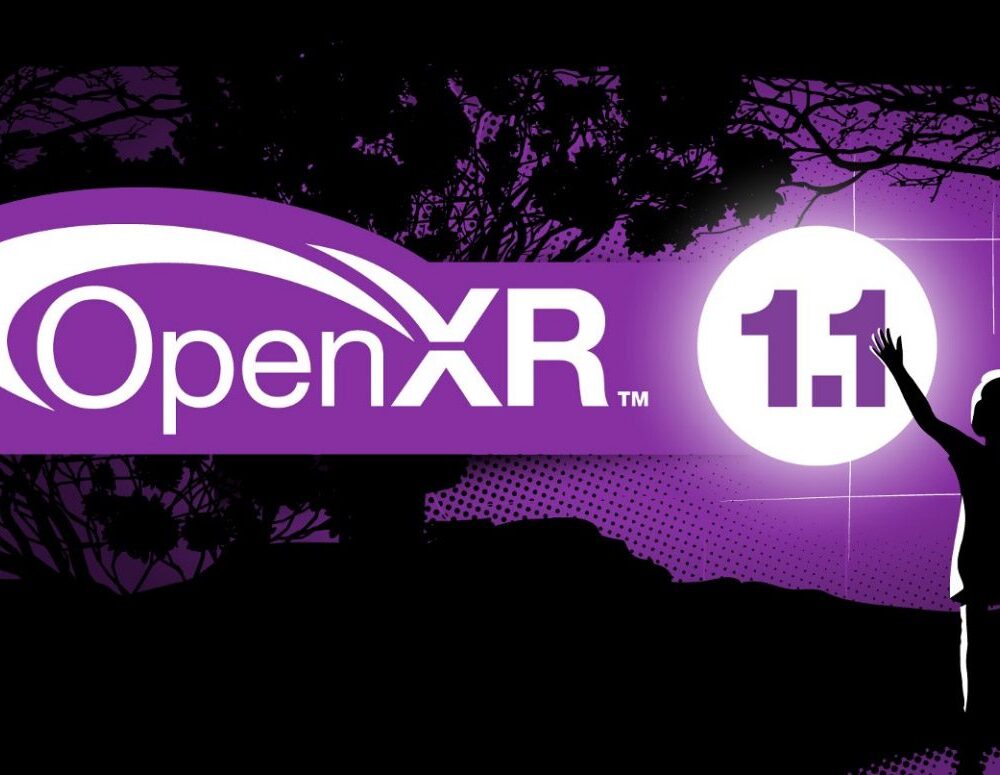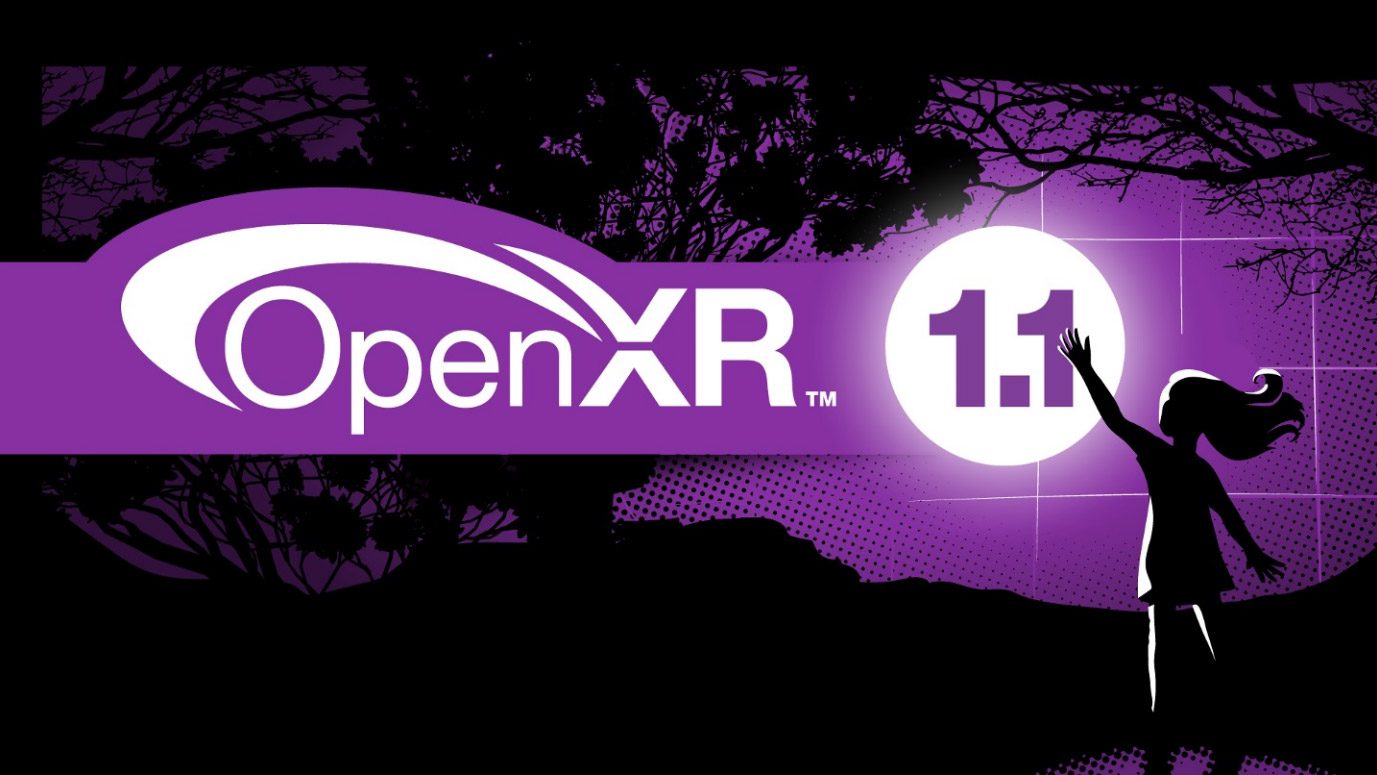Snap, the company behind Snapchat, is making its latest Spectacles AR Glasses more affordable to students and teachers with a new educational discount that cuts the $1,200 launch price in half.
Initially released in September 2024, the company’s fifth-gen Spectacles (called Spectacles ’24) are primarily targeted at developers, priced at $100 per month for a one-year commitment.
While Snap’s latest AR glasses made some key improvements over the fourth-gen device released in 2021, including a wider field-of-view, better resolution, the addition of hand-tracking, and an overhaul to its software stack, the price seems to have been a sticking point for students and teachers looking to build and learn about AR apps.
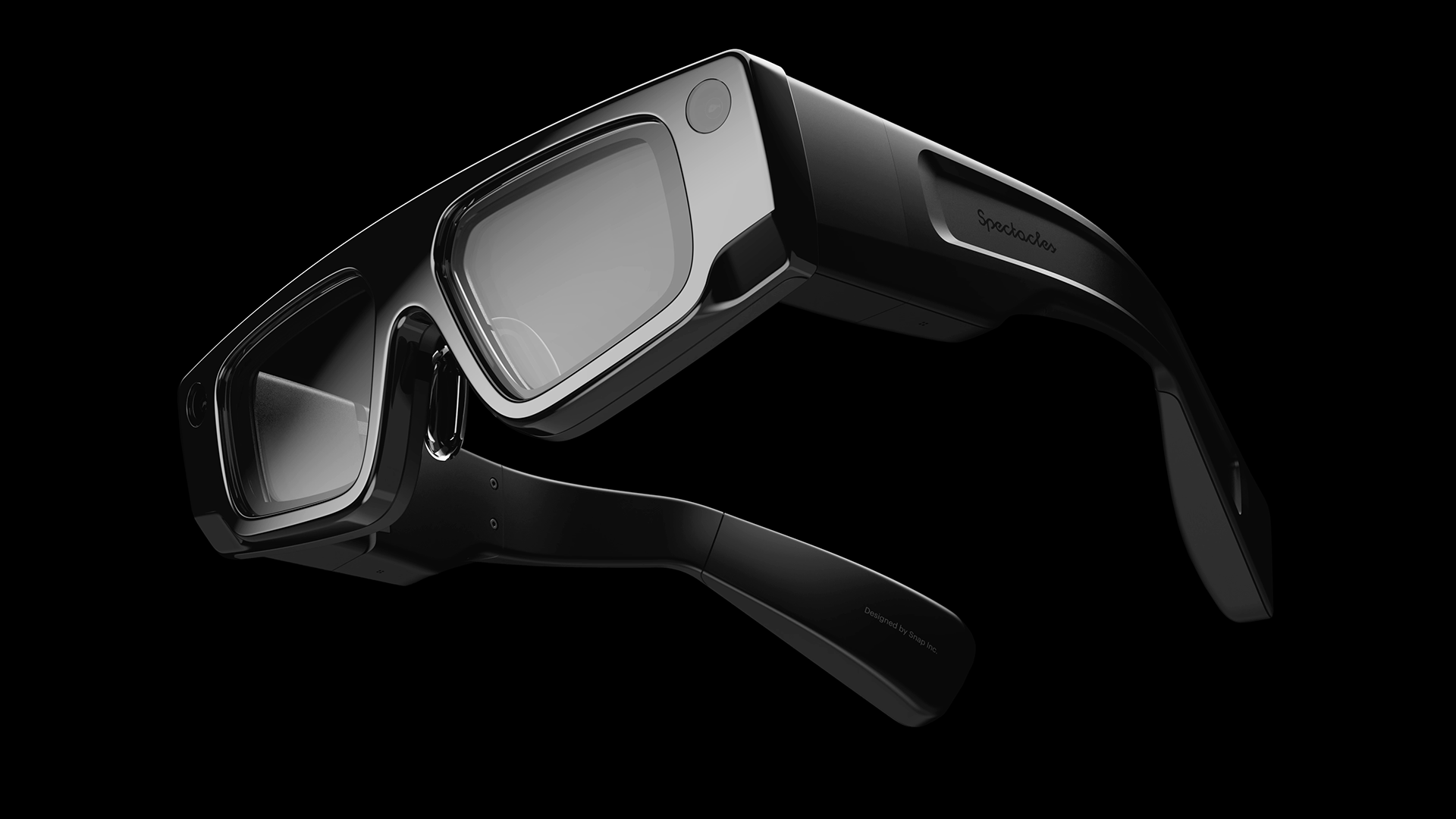
Now, the company is rolling out a new student discount that cuts the total price of Spectacles in half—just $49.50 a month for 12 months ($594), or a single payment of $594 and an additional $49.50 payment one month after ($643.50).
Those interested in nabbing the deal need a .edu email address, or other email address from an accredited educational institution. Students and teachers in all supported regions can take advantage of the discount too, which includes the US, France, Germany, Spain, Italy, Austria, and the Netherlands.
You can learn more about about Snap’s latest Spectacles in our deep dive explainer from last year, including specs, capabilities, and software.
